

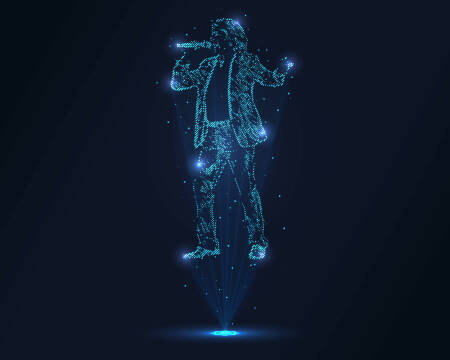

to hit us. But how likely is the chance that we’re going to be dominated by machines
and AI programs? Stop the doomscrolling and let’s focus on the opportunities
these innovations bring!

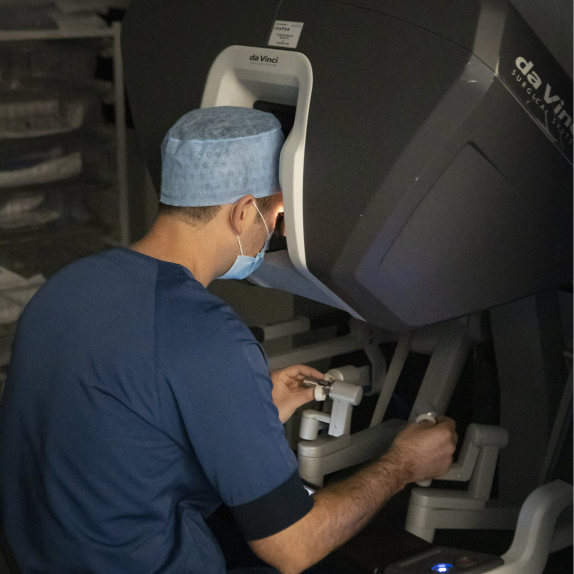
In addition, robotic surgery opens the door to future innovations, for example by combining it with augmented reality. Dr Mathieu D’Hondt, liver and pancreatic surgeon at AZ Groeninge in Kortrijk (Belgium) and proctor for robotic surgery in Europe, gives an example: “Implementing a 3D scan in a robot’s image could help us visualize vascularization and tumors, and eventually enable us to make procedures safer for the patient.”
Also, a robotic image is more stable than an image that originates from a hand-held camera. This increases opportunities for high-quality, live case observations or teaching during surgery, even to a remote audience.
So what can we conclude? In surgery, machines are not taking over the world – or at least, they’re not taking control over your body. But we cannot underestimate the possibilities of robotic surgery for future innovation, and their importance in giving complex procedures more chance of success. In the end, the goal is always to deliver optimal care to the patient.
Robotic surgery means that the surgeon works with a machine to perform a procedure. The robot has several ‘arms’, whose movements are controlled by the surgeon, who sits in a corner of the operating theater or in an adjacent room. A built-in camera provides real-time images of the area being operated via a monitor to the operating surgeon. So every decision made during a procedure, is made by a person.
Then why put a machine in between, you ask? Well, a robot offers the surgeon higher precision and better control over their movements. And it also has advantages for the patient: incisions are usually small, the risk of complications and infections is lower and there is less post-operative pain. Combined, all of this often results in a quicker and smoother recovery afterwards, with better aesthetic results.
Even though it still has a futuristic ring to it, robotic surgery is becoming quite mainstream. Many hospitals already possess one or several robots that they use in their operating rooms on a daily basis. Feeling slightly disturbed by the idea of undergoing robot-assisted surgery? No need, you’re in safe hands.
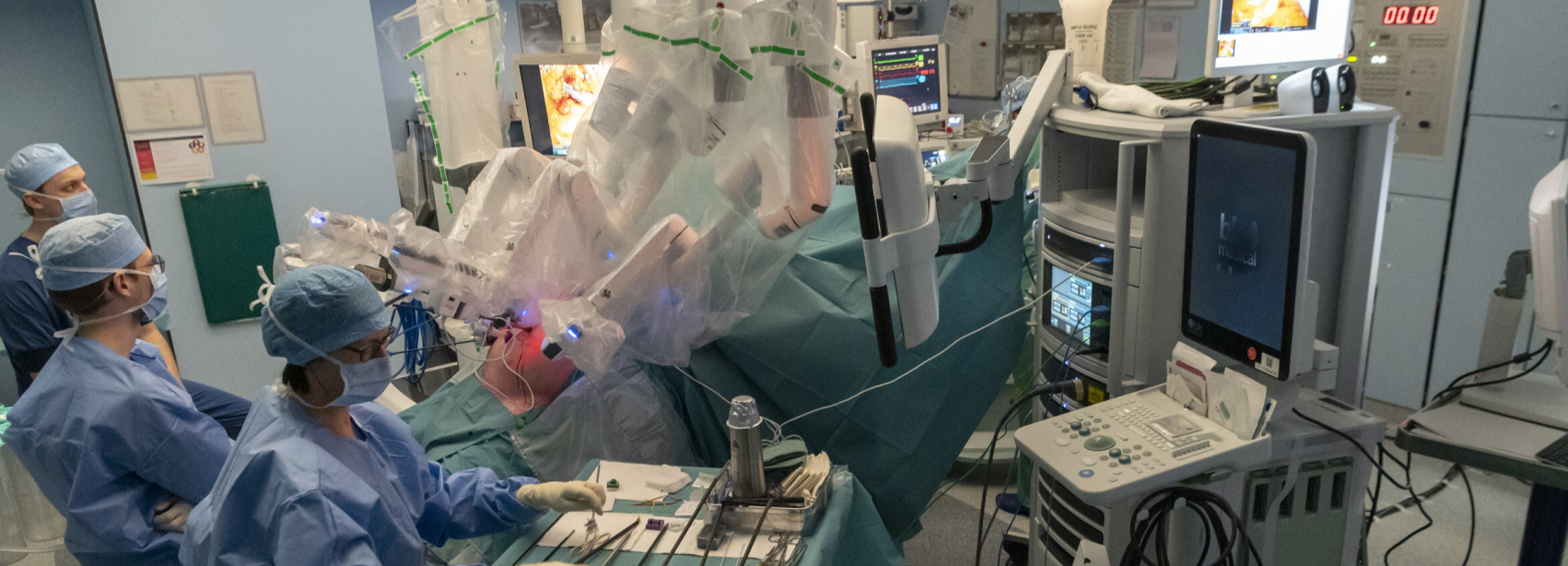


If it sounds like the premise of a Netflix Black Mirror episode, that’s because it is. However, it’s very doubtful that that’s really where we’re headed. We’re humans who, and we love to see other humans. AI and holograms will never mimic the impromptu creativity of a real person.
It’s a different experience than a live flesh-in-blood concert, though not per se a lesser one. Think of the ABBA Voyage tour which takes fans back to the pop group’s heydays in the seventies and is met with highly positive acclaim.
And the concept is becoming increasingly popular – even beyond the music industry. A couple years ago, Massimo Dutti organized a holographic fashion show for their fall collection. During the NBA conference finals, ESPN broadcasted socially-distant interviews with holograms of the star players. And there are many more cases of CEO’s, motivational speakers and international leaders discovering the benefits of holograms.
To conclude: we should look at these technologies as tools, not replacements.
OK, technically, “hologram” is not really the correct term. An actual hologram is a three-dimensional object formed by laser beams which can be viewed from all angles. Today’s hologram concerts are typically ‘just’ digital projections on a scrim, creating an illusion of a 3D image. But the point is: we’re able to watch musicians who retired in the clouds, performing on stage in a lively way.
The use of hologram technology and AI composition tools in the event industry could make us think about how “robots” will impact the future of musical creation, performances, and consumption. Will we even still need real-life musicians in the future?
What do Roy Orbison, Tupac, Whitney Houston and Frank Zappa have in common? Hologram concerts!





If 70% or 80% of the work is done on a virtual prototype, this will save a huge amount of time and money on the car development costs.
Professor Bernhard Schick, founder and director of the Institute for Driver Assistance and Connected Mobility (IFM), an institution of the University of Applied Sciences Kempten (Germany)
These simulations are either done in completely virtual environments (with computer systems), or by using a driving simulator that visualizes the car’s surroundings on a large screen. Through these means, pretty much every situation can be assessed to make sure the cars are absolutely safe – which is the only way humans will be willing to use them.
Because even when self-driving cars only cause 10% of the accidents we know today, we will still be reluctant to use them and prefer to rely on our own skills…
Today, when an accident occurs, it is usually due to a human error. Liability is clear: whoever didn’t follow the rules is at fault. But who is liable when a self-driving car causes an accident? The owner? Or the manufacturer? Legislation surrounding this area is not yet 100% clear, but car manufacturers are working meticulously to consider every situation and make sure their cars respond in the right way. How they do this? By simulating situations and gathering data!
There are already autonomous cars driving around in our streets for testing purposes. But, although they are important to test the AI’s behavior in day-to-day traffic, they cannot assess exceptions, simply because they don’t occur often enough. A herd of deer crossing a one-direction street with double-parked vehicles, for example. In order to gather this kind of data as well, manufacturers simulate these occasions.
Self-driving cars: everybody knows they are coming, but few people know when they will be able to buy one. Because yes, we have all heard of the tests (and the times they went wrong), but the commercial availability is not exactly around the corner. Liability is a main issue.
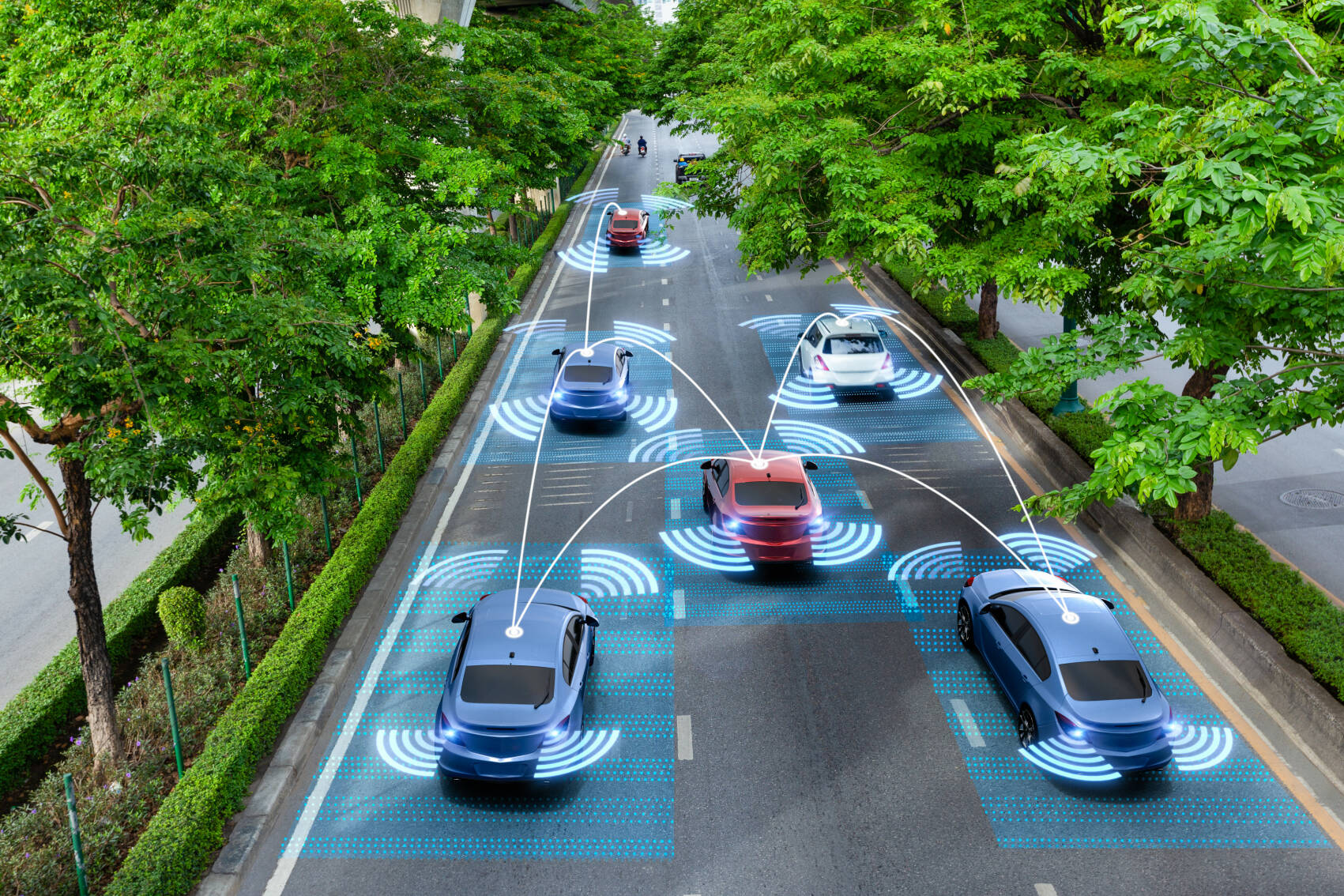
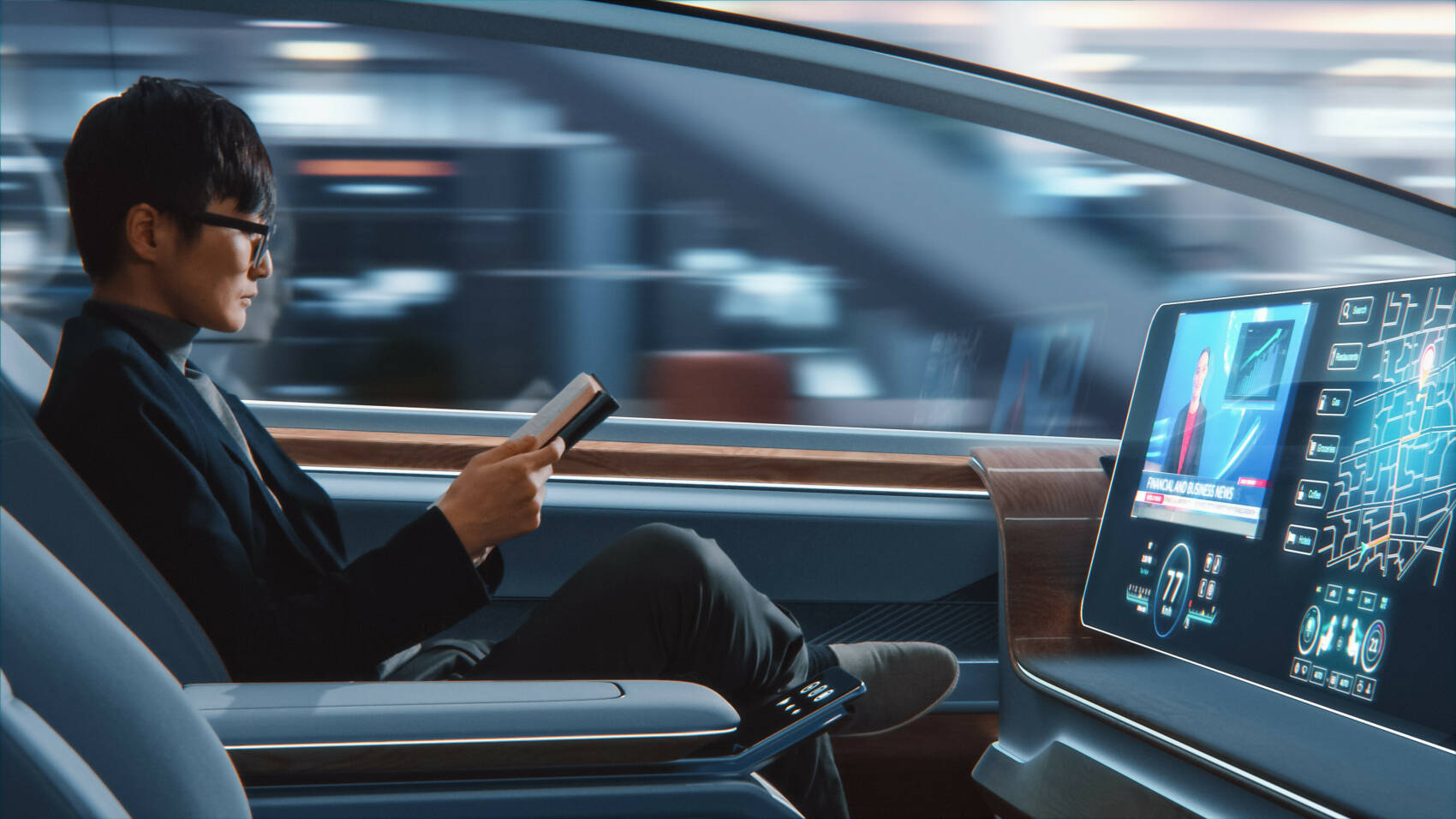


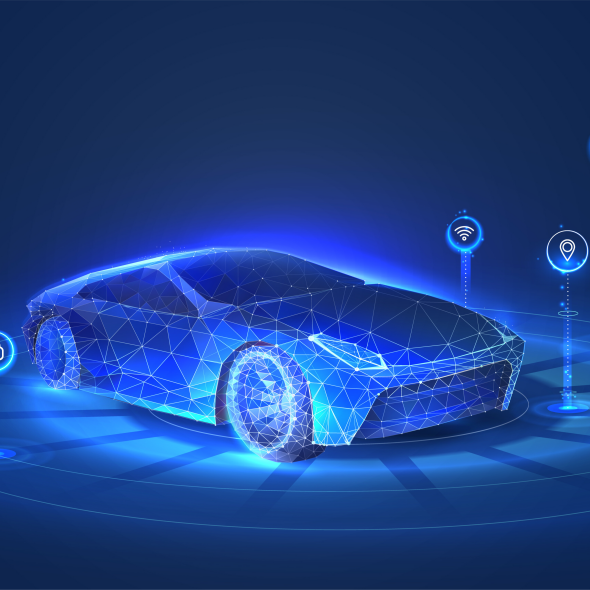
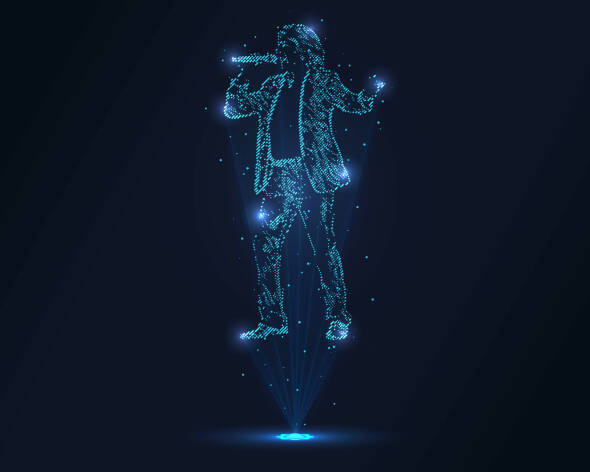

Also, a robotic image is more stable than an image that originates from a hand-held camera. This increases opportunities for high-quality, live case observations or teaching during surgery, even to a remote audience.
So what can we conclude? In surgery, machines are not taking over the world – or at least, they’re not taking control over your body. But we cannot underestimate the possibilities of robotic surgery for future innovation, and their importance in giving complex procedures more chance of success. In the end, the goal is always to deliver optimal care to the patient.
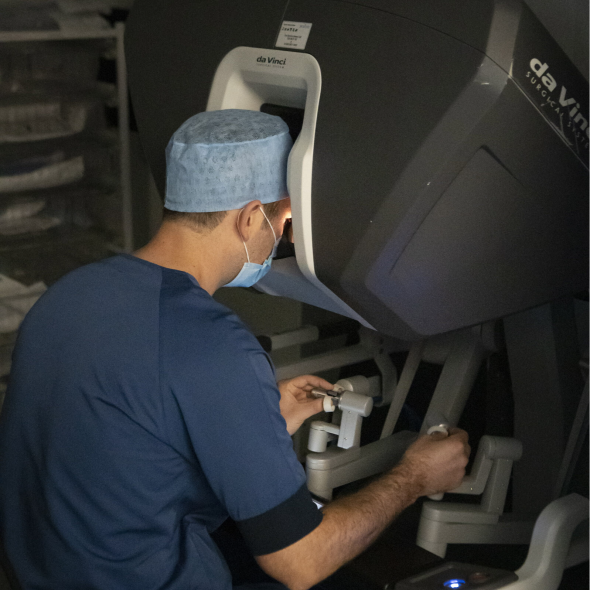
In addition, robotic surgery opens the door to future innovations, for example by combining it with augmented reality. Dr Mathieu D’Hondt, liver and pancreatic surgeon at AZ Groeninge in Kortrijk (Belgium) and proctor for robotic surgery in Europe, gives an example: “Implementing a 3D scan in a robot’s image could help us visualize vascularization and tumors, and eventually enable us to make procedures safer for the patient.”
Robotic surgery means that the surgeon works with a machine to perform a procedure. The robot has several ‘arms’, whose movements are controlled by the surgeon, who sits in a corner of the operating theater or in an adjacent room. A built-in camera provides real-time images of the area being operated via a monitor to the operating surgeon. So every decision made during a procedure, is made by a person.
Then why put a machine in between, you ask? Well, a robot offers the surgeon higher precision and better control over their movements. And it also has advantages for the patient: incisions are usually small, the risk of complications and infections is lower and there is less post-operative pain. Combined, all of this often results in a quicker and smoother recovery afterwards, with better aesthetic results.
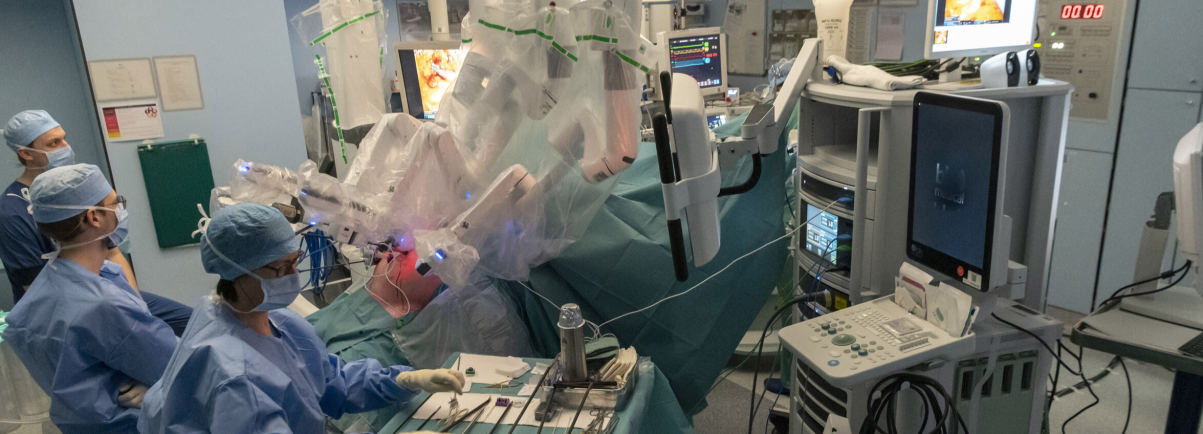
Even though it still has a futuristic ring to it, robotic surgery is becoming quite mainstream. Many hospitals already possess one or several robots that they use in their operating rooms on a daily basis. Feeling slightly disturbed by the idea of undergoing robot-assisted surgery? No need, you’re in safe hands.
It’s a different experience than a live flesh-in-blood concert, though not per se a lesser one. Think of the ABBA Voyage tour which takes fans back to the pop group’s heydays in the seventies and is met with highly positive acclaim.
And the concept is becoming increasingly popular – even beyond the music industry. A couple years ago, Massimo Dutti organized a holographic fashion show for their fall collection. During the NBA conference finals, ESPN broadcasted socially-distant interviews with holograms of the star players. And there are many more cases of CEO’s, motivational speakers and international leaders discovering the benefits of holograms.
To conclude: we should look at these technologies as tools, not replacements.

If it sounds like the premise of a Netflix Black Mirror episode, that’s because it is. However, it’s very doubtful that that’s really where we’re headed. We’re humans who, and we love to see other humans. AI and holograms will never mimic the impromptu creativity of a real person.
OK, technically, “hologram” is not really the correct term. An actual hologram is a three-dimensional object formed by laser beams which can be viewed from all angles. Today’s hologram concerts are typically ‘just’ digital projections on a scrim, creating an illusion of a 3D image. But the point is: we’re able to watch musicians who retired in the clouds, performing on stage in a lively way.
The use of hologram technology and AI composition tools in the event industry could make us think about how “robots” will impact the future of musical creation, performances, and consumption. Will we even still need real-life musicians in the future?

What do Roy Orbison, Tupac, Whitney Houston and Frank Zappa have in common? Hologram concerts!


Professor Bernhard Schick, founder and director of the Institute for Driver Assistance and Connected Mobility (IFM), an institution of the University of Applied Sciences Kempten (Germany)
If 70% or 80% of the work is done on a virtual prototype, this will save a huge amount of time and money on the car development costs.
These simulations are either done in completely virtual environments (with computer systems), or by using a driving simulator that visualizes the car’s surroundings on a large screen. Through these means, pretty much every situation can be assessed to make sure the cars are absolutely safe – which is the only way humans will be willing to use them.
Because even when self-driving cars only cause 10% of the accidents we know today, we will still be reluctant to use them and prefer to rely on our own skills…

Today, when an accident occurs, it is usually due to a human error. Liability is clear: whoever didn’t follow the rules is at fault. But who is liable when a self-driving car causes an accident? The owner? Or the manufacturer? Legislation surrounding this area is not yet 100% clear, but car manufacturers are working meticulously to consider every situation and make sure their cars respond in the right way. How they do this? By simulating situations and gathering data!
There are already autonomous cars driving around in our streets for testing purposes. But, although they are important to test the AI’s behavior in day-to-day traffic, they cannot assess exceptions, simply because they don’t occur often enough. A herd of deer crossing a one-direction street with double-parked vehicles, for example. In order to gather this kind of data as well, manufacturers simulate these occasions.
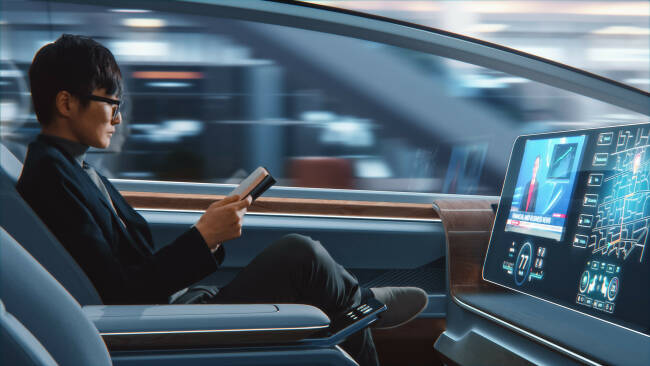
Self-driving cars: everybody knows they are coming, but few people know when they will be able to buy one. Because yes, we have all heard of the tests (and the times they went wrong), but the commercial availability is not exactly around the corner. Liability is a main issue.